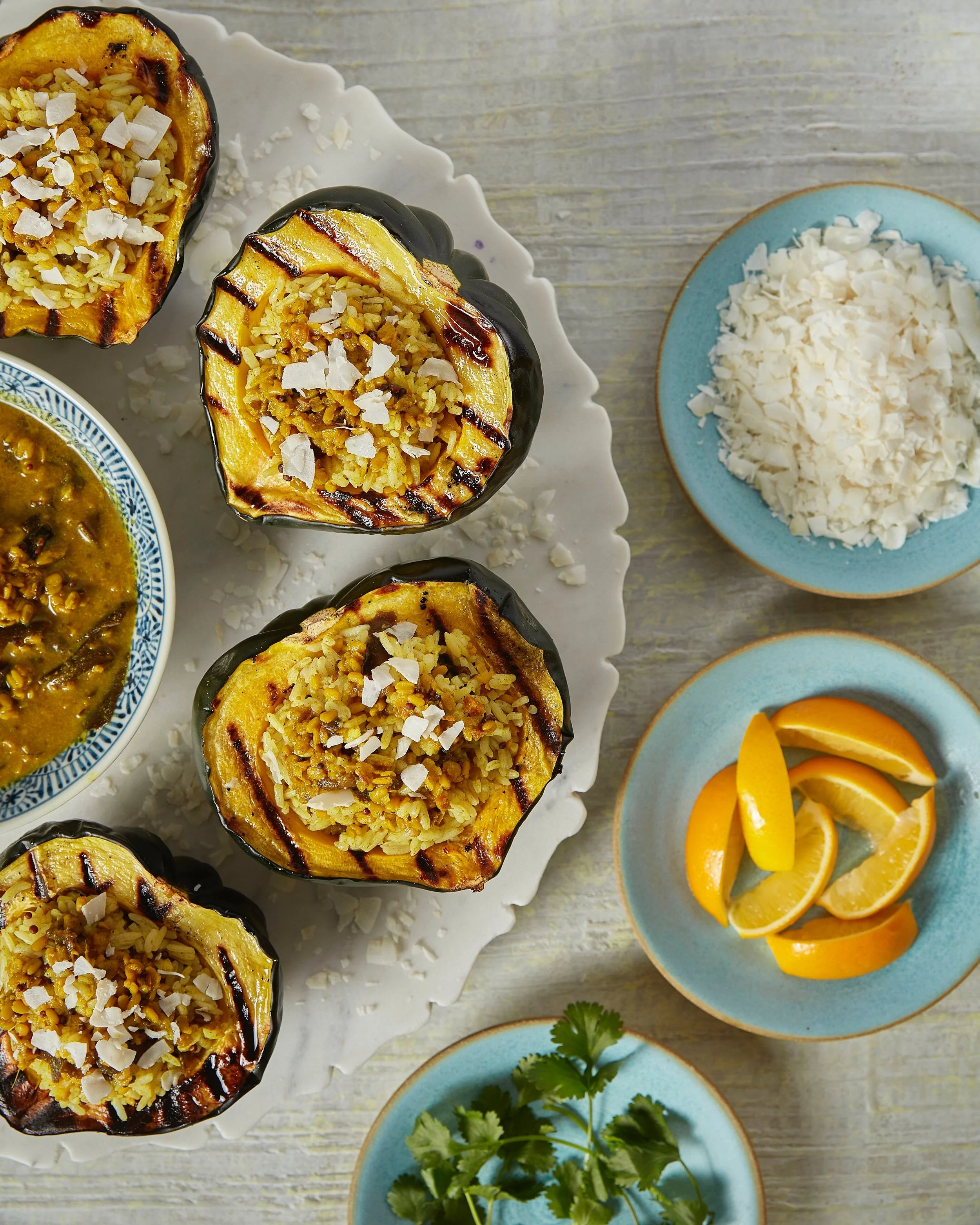Tisanes from Transylvania
Marlene Stanciu is co-founder of KraftMade, part of an effort to appreciate and preserve traditional skills in Romania, the last agriculturally-driven economy in Europe. Folk ways still run deep there, from food and textiles to the fine arts and herbal medicines. Here, she shares with us some naturally healing tisane recipes. Read more about KraftMade here.
When I first moved to the countryside I experienced the usual bliss of the city person that dives into a sea of green. Green everywhere, and somehow it felt healing to even sit on the “grass”, barefoot, and taking it all in.
Short after I nestled in, I started to make acquaintance with what it was, that composed the sea of green. In great awe I discovered that actually, almost all plants around me, in my own back yard, are edible and beneficial and nothing comes in random. Through starting to learn their names, habits and purpose, the sea of green turned into dandelions, clover, shepherd’s purse, nettles, chamomille, wild spinach and so on – families and friends, little individuals breathing and working to support our ecosystem. Walking on the ground has never been the same since.
In time I learned that there is a plethora of things you can do to value and celebrate what you have at hand: eat them, drink them infused in water, milk or porridges, ferment them into lavish cordials and champagnes, bathe with them, massage with them extracted into oils and alcohol tinctures, smoke them or fumigate with them and even powder and sniff them, all traditional knowledge that has served for centuries to boost and balance our chemical equilibrium. And because my man at home doesn’t really get around to drink infusions, I add them to soups and stews and possets as a source of flavours, vitamins and minerals.
What traditional knowledge around the usage of plants and flowers for food and medicine also teaches us, is that we cannot pick plants randomly during the day, the month or the year. As above so below, we all live under the influence of the moving moon and planets so generally plants are most potent towards the full moon. The best time of the year for harvest in the Northern Hemisphere is Midsummer or Summer Solstice, which is about now. For most plants and flowers the sun must be up, yet not too hot. In the afternoon plants prepare themselves to go to sleep and conserve their oils and goodness to survive the heat. No picking when raining or otherwise plants tend to get mouldy while drying. And if you can find spots of heaven on this earth untouched by pollution, it’s best not to wash flowers because they would loose all their beneficial pollen.
My favourite infusions are made of flowers rather than leaves. It gives a sense of rare luxury to be able to benefit from the most wonderful scents and colours in nature, decadence up to the point of guilt when tasting the unborn fruits of what they will turn into. It’s like you stop time, condense it into a memory and then have multi-sensory access to it and enjoy it again and again.
I have put together a few recipes of infusions that are made from the most common or easy to grow perennial flowers, some of which you could venture to plant into pots or in a little spot in your back yard and enjoy them again and again! Take peonies or chamomille for example, I have inherited them from my grandmother and they have been growing on the same spot for as long as I can remember, meaning they are at least 40-50 years or even much older, yearly blooming and enchanting and ultimately sweetening our lives.
It is important to note that for 1 Litre of Water (almost 2 pints) you should use a small handful of dried flowers, around 5 grams (0.17 Oz) for a good flavour. Bring water to a boil and then let it cool for a couple of minutes to 90 degrees Celsius. Then pour it over the flowers in an arc to have as much oxygen in the brew as possible. Treat yourself with a beautiful ceramic teapot and let infuse for 10-15 minutes before drinking, or enjoy it intense and cold any time of the day.
Detox and Tonic, sweating out toxines and mineralizing body and mind
Elderflowers (Sambucus Nigra), Sage (Salvia Officinalis), Rose (Rosa Damascena or Rosa Centifolia), Yarrow (Achillea Millefolium).
PMS alleviating & urinary tract health support
Shepherd’s Purse (Capsella Bursa Pastoris), Red Clover (Trifolium Pratense), Peonies (Paeonia Officinalis), Basil (Ocimum Basilicum).
Colds & Flu alleviating, lungs & calmness support
St. John’s Wort (Hypericum Perforatum), Mint (Mentha spicata, piperita, etc.), Marigold (Calendula Officinalis), Chamomille (Matricaria Chamomilla)
Please note: the information shared here is gathered from traditional knowledge and practices and should be treated as such. A special warning is that many plants contain high levels of estrogens that could adversely affect a pregnancy.
Story by Marlene Stanciu, KraftMade
Photography by Foodism
12 Month - 6 issue subscription












Indulge in the taste spring with this delicious Cherry Galette